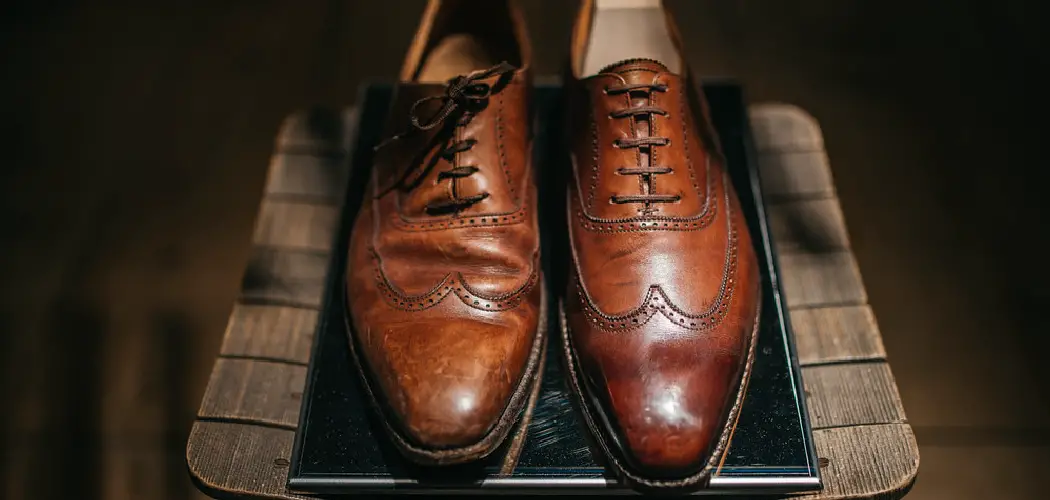Leather shoes are a stylish and durable addition to any wardrobe, but they can become susceptible to mold growth, especially in humid environments. Mold not only affects the appearance of leather shoes but can also cause damage to the leather material if not treated promptly.
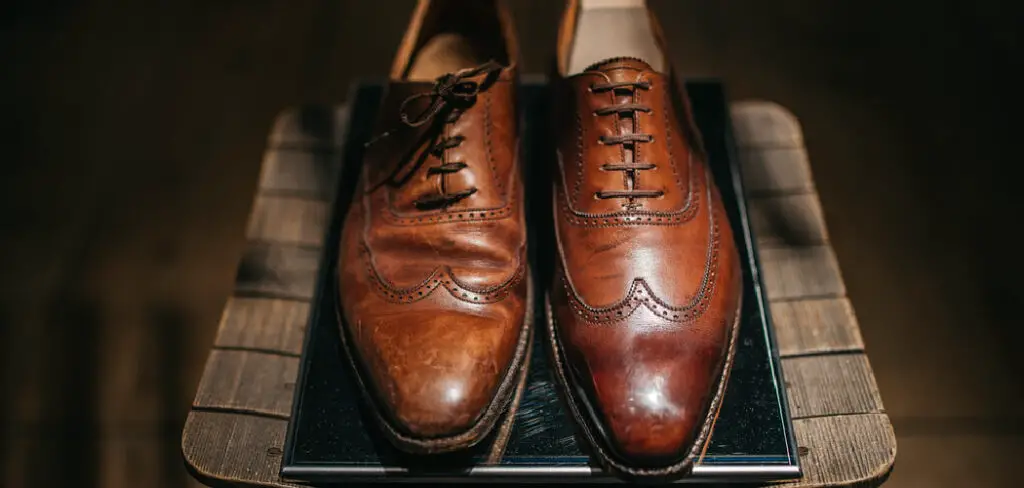
Addressing mold on leather requires careful handling to preserve both the integrity and the aesthetic of the shoes. This guide on how to clean mold off leather shoes will provide you with simple steps to effectively clean and maintain your leather shoes, ensuring they remain in top condition and stay mold-free.
Why Mold Grows on Leather Shoes?
Mold growth in leather shoes can be attributed to a combination of factors primarily related to the environmental conditions and the natural characteristics of leather.
Leather, being an organic material, contains nutrients that mold spores find favorable for growth. In humid environments, the presence of moisture in the air creates the ideal breeding ground for mold.
When leather shoes are stored in poorly ventilated areas where dampness accumulates, they become particularly vulnerable to mold infestations. Additionally, exposure to dirt and organic substances can further promote mold development. It is crucial to understand these conditions to effectively prevent mold and maintain the quality of your leather footwear.
Materials Needed
Soft-bristled Brush:
A soft-bristled brush, preferably made of horsehair, is essential for cleaning leather shoes. It effectively removes dirt and debris without damaging the delicate surface of the leather.
White Vinegar Solution:
White vinegar has antimicrobial properties that make it effective in killing mold spores. Dilute equal parts of white vinegar and water to create a cleaning solution for your leather shoes.
Clean Cloth or Sponge:
You will need a clean cloth or sponge to apply the white vinegar solution and wipe away any remaining mold residue.
Leather Conditioner:
After cleaning your leather shoes, you will need a leather conditioner to restore moisture and prevent cracking. Choose one specifically formulated for use on leather footwear.
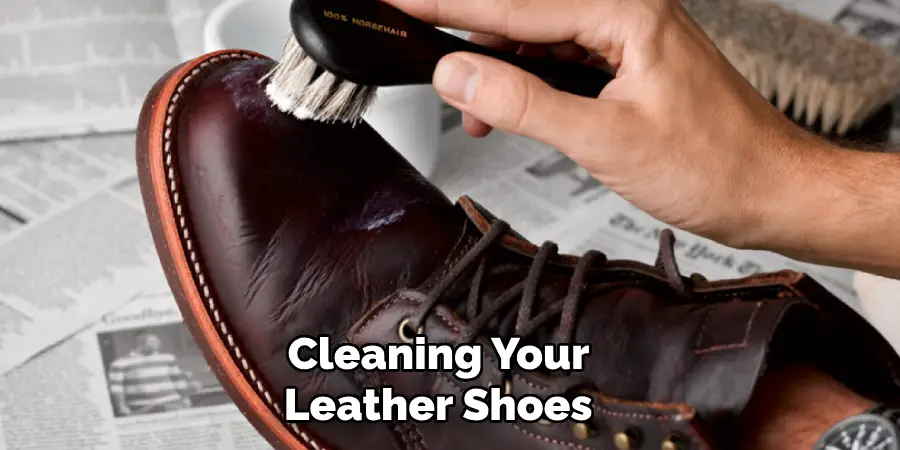
8 Simple Step-by-step Guidelines on How to Clean Mold Off Leather Shoes
Step 1: Remove Excess Mold with a Brush
Begin the cleaning process by taking your soft-bristled brush and gently brushing off any visible mold from the surface of the leather shoes. It is important to do this in a well-ventilated area or outside to avoid inhaling mold spores.
Use gentle, sweeping motions to carefully remove as much mold as possible, ensuring that it does not scratch or damage the leather. This step helps in loosening the mold and makes the subsequent cleaning process more effective.
Step 2: Create a White Vinegar Solution
To prepare the cleaning solution, you will need to mix equal parts of white vinegar and water. Use a container to combine these two ingredients thoroughly. White vinegar is known for its antimicrobial properties, making it an excellent choice for eliminating mold spores.
Ensure the solution is well-mixed before use, as this will enhance its effectiveness in cleaning and disinfecting the leather surface. Once mixed, the solution will be ready for application in the next cleaning steps.
Step 3: Test the Solution on a Small Area
Before applying the white vinegar solution to the entire leather shoe, it is advisable to test it on a small, inconspicuous area. This will ensure that your shoes do not have any adverse reactions to the solution. Apply a small amount of the solution to the tested area and leave it for 10-15 minutes before wiping it off with a clean cloth or sponge.
If there are no signs of discoloration or damage to the leather, you can proceed with cleaning mold off your shoes using this solution.
Step 4: Dampen Cloth/Sponge with Vinegar Solution
Dip a clean cloth or sponge in the white vinegar solution, ensuring it is damp but not dripping. You can also pour the solution into a spray bottle for easier application.
Take your time to gently dab or wipe the affected areas of your leather shoes with the damp cloth/sponge. Make sure you cover all the mold-infected parts and leave the solution to sit for about 10-15 minutes.
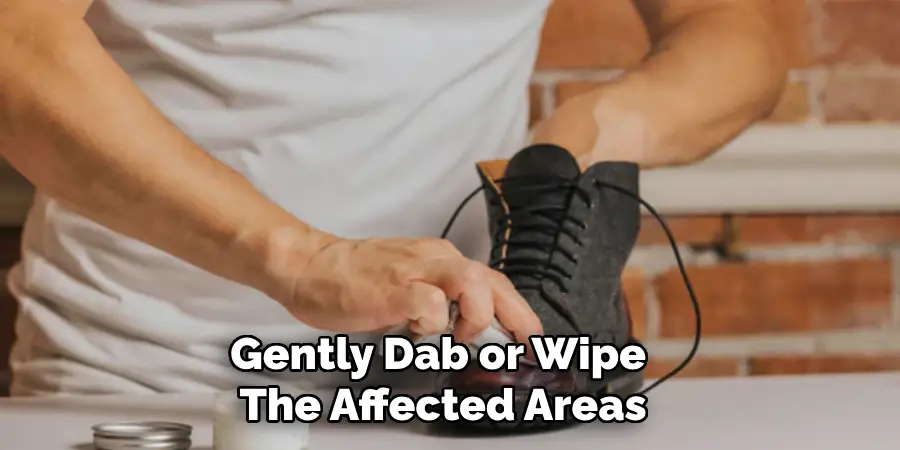
Step 5: Wipe off Residue
After allowing the vinegar solution to sit on your leather shoes, use a clean cloth or sponge dipped in water to wipe away any remaining residue. This step helps in removing any leftover mold spores and prevents them from growing back.
The vinegar solution and water should be in equal parts, ensuring that you do not saturate your shoes with too much water. Excessive moisture can lead to damage and discoloration of leather.
Step 6: Dry Shoes Thoroughly
To avoid any further mold growth, it is crucial to dry the leather shoes completely. Place them in a well-ventilated area or use a fan to speed up the drying process.
Ensure that the shoes are completely dry before storing them. Trapped moisture can create a perfect environment for mold spores to grow back.
Step 7: Apply Leather Conditioner
Once your leather shoes are completely dry, the next crucial step is to apply a leather conditioner.
This step is essential to restore the natural oils and moisture that might have been stripped away during the cleaning process, preventing the leather from becoming dry or cracked. Use a soft, clean cloth to apply a small amount of leather conditioner to the entire surface of each shoe.
Gently buff the conditioner into the leather using circular motions, ensuring it is evenly distributed.
Allow the conditioner to absorb fully into the leather according to the product instructions before wearing or storing your shoes. Regular conditioning not only maintains the leather’s suppleness but also helps in resisting future mold growth.
Step 8: Store Shoes in a Dry, Well-Ventilated Area
To prevent future mold growth, it is essential to store your leather shoes in a dry, well-ventilated area. Avoid storing them in damp places or areas with high humidity levels.
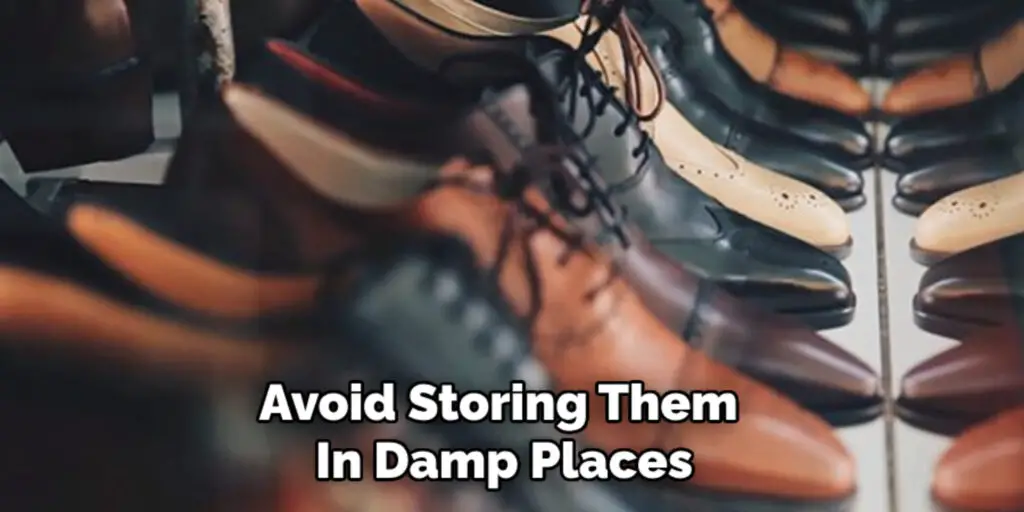
Regularly inspect and clean your shoes to ensure they remain mold-free and in top condition. The above steps can also be used for regular cleaning and maintenance of your leather footwear.
Following these simple guidelines on how to clean mold off leather shoes can help you effectively clean mold off leather shoes and prevent its growth, ensuring your footwear stays in top condition for a long time. Remember to always take preventative measures such as proper storage and regular cleaning to maintain the quality of your leather shoes.
Frequently Asked Questions
Q: Can I Use This White Vinegar Solution on All Types of Leather Shoes?
A: Yes, this cleaning solution can be used on all types of leather shoes. However, it is always advisable to test the solution on a small area first before using it on the entire shoe.
Q: Can I Use Other Cleaning Agents Besides White Vinegar?
A: Yes, other cleaning agents such as mild soap or leather cleaners can also be used. However, white vinegar is a natural and effective solution that is easily accessible and safe to use on most types of leather shoes.
Q: How Often Should I Clean My Leather Shoes?
A: It is recommended to clean your leather shoes at least once every three months or more frequently if you live in a humid climate or wear your shoes often.
Regularly wiping them down with a damp cloth and storing them correctly can also help prevent mold growth. So, it is essential to regularly clean and maintain your leather shoes for their longevity and appearance.
Q: Can I Use a Hair Dryer to Speed Up the Drying Process?
A: It is not advisable to use a hair dryer or any direct heat source on leather shoes as it can cause damage and shrinkage. Instead, opt for natural air drying in a well-ventilated area.
Q: What Are Some Other Tips for Preventing Mold Growth on Leather Shoes?
A: Along with regular cleaning and proper storage, you can also sprinkle baking soda inside your shoes after wearing them to absorb moisture and prevent mold growth. Additionally, avoid wearing your leather shoes in wet or damp conditions to reduce the chances of mold growth.
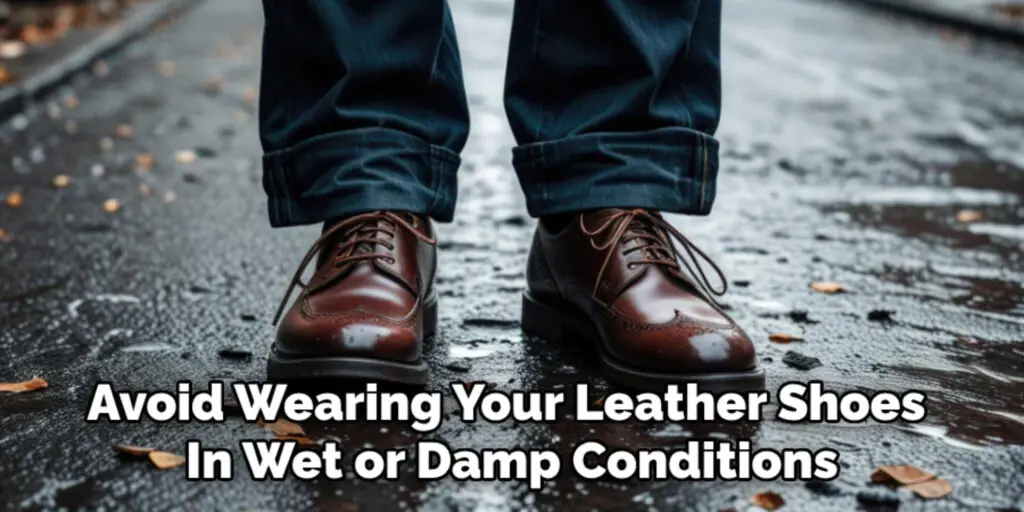
Conclusion
Leather shoes are a valuable addition to any wardrobe, offering both elegance and durability. However, they require proper care to maintain their beauty and functionality over time.
By following the outlined steps on how to clean mold off leather shoes to clean mold from leather shoes, you can effectively restore and preserve your footwear. Regular maintenance, including the application of leather conditioners and avoiding exposure to moisture, is crucial in preventing future mold growth.
Remember, proactive care can drastically extend the life of your leather shoes, ensuring they remain in pristine condition for years to come. With these simple yet effective methods, you can cherish the longevity and aesthetic appeal of your leather shoes, keeping them mold-free and looking their best.
Check It out to Clean Faux Leather Shoes

